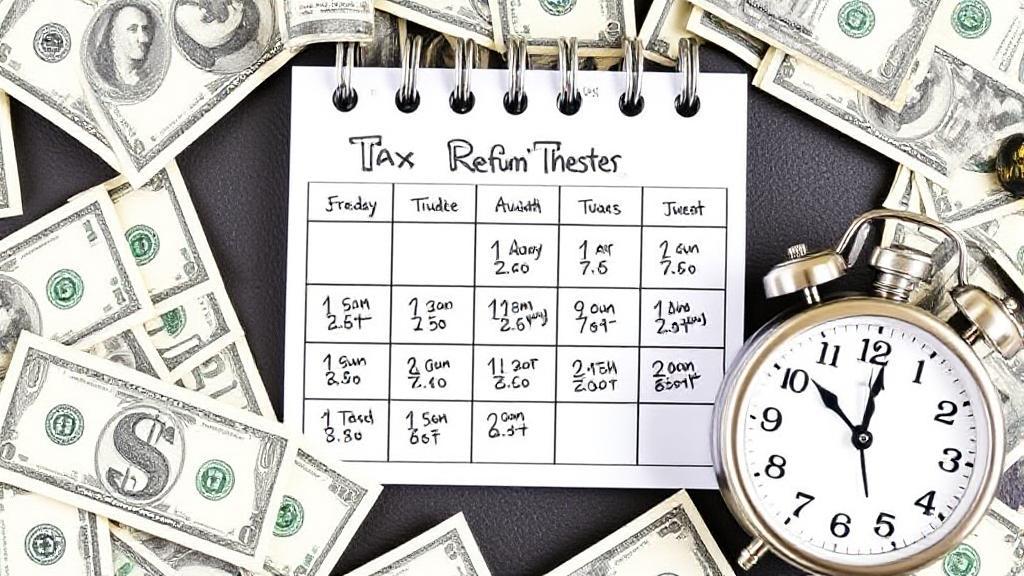Filing Your Tax Return
The first step in the timeline is filing your tax return. The Internal Revenue Service (IRS) typically begins accepting tax returns in late January. For the most accurate and timely processing, it's recommended to file your taxes electronically and opt for direct deposit.
Key Dates to Remember
- Start of Tax Season: Late January
- Tax Filing Deadline: April 15 (or the next business day if it falls on a weekend or holiday)
- Extended Filing Deadline: October 15
Standard Processing Times
The IRS typically issues refunds within 21 days for electronically filed returns. However, this timeline can vary based on several factors:
- E-filed returns with direct deposit: 1-3 weeks
- Paper returns with direct deposit: 3-4 weeks
- Paper returns with check by mail: 6-8 weeks
Electronic vs. Paper Filing
Filing electronically is generally faster and more efficient. According to the IRS, over 90% of refunds are issued within 21 days when filed electronically. For paper filing, the IRS must manually enter the information from the paper return into their system, which can delay processing to 6-8 weeks or longer.
Tracking Your Refund
The IRS provides several ways to check your refund status:
- Visit the Where's My Refund? tool
- Use the IRS2Go mobile app
- Call the IRS refund hotline
Pro Tip: The "Where's My Refund?" tool updates once daily, usually overnight. Checking multiple times per day won't provide new information.
To use these tools, you'll need to provide:
- Social Security number or Individual Taxpayer Identification Number (ITIN)
- Filing status
- Exact whole dollar amount of your refund
Factors That Can Delay Your Refund
Several factors can delay the processing of your tax return:
- Errors on your tax return
- Missing information or incomplete forms
- Identity verification requirements
- Earned Income Tax Credit claims
- Additional Child Tax Credit claims
- Identity theft or fraud concerns
- Amended returns (can take up to 16 weeks)
Tips for a Smooth Tax Return Process
To ensure a smooth and timely tax return process:
- File early to avoid the last-minute rush
- Choose direct deposit for fastest refund
- Double-check all information before submitting
- Use reputable tax software to minimize errors
- Respond promptly to any IRS requests
Planning Ahead
To better manage your finances while waiting for your refund:
- Don't rely on an expected refund for immediate expenses
- Consider adjusting your withholding using the IRS Tax Withholding Estimator
- Keep copies of all tax documents
- Monitor your bank account for the deposit
For more detailed information and updates on tax refunds, visit the IRS website or consult with a tax professional.
